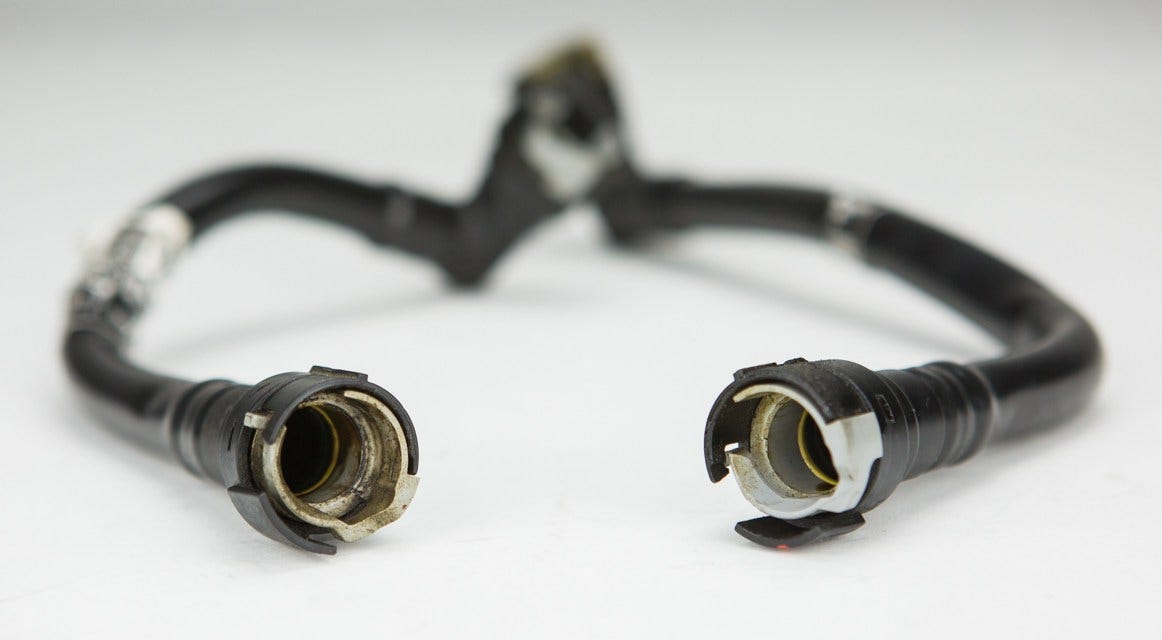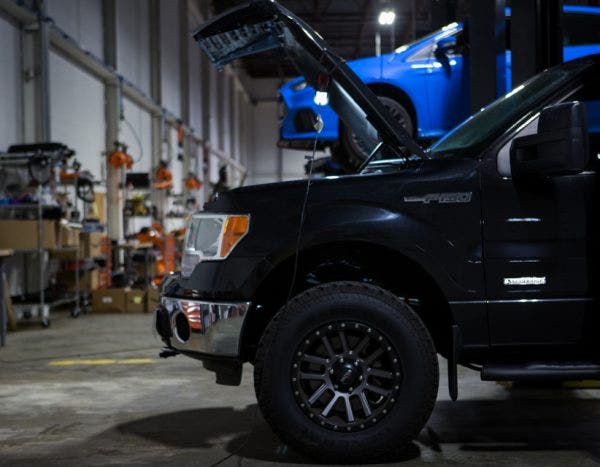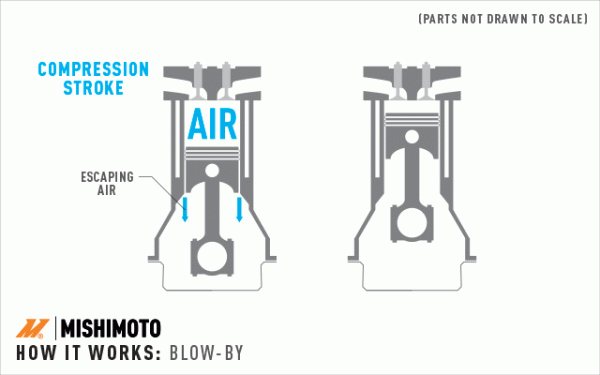
Protecting your V8 Killer - 2011-2014 Ford F-150 3.5L EcoBoost Catch Can R&D Part 1 - Stock Review
As much as my car enthusiast-self hates to admit it, the days of the gas powered V8 are numbered. Even never owning a vehicle motorized by one of these monstrous power plants, it's a sad concept to wrap my head around. For decades, we've all relied on those eight cylinders for the necessity to haul heavy objects around, and for the sheer enjoyment of speed. For those of you in the business of the latter, you might find this to be foreboding, especially since one of the pioneers of popularizing the V8 is the one driving the final nail in the coffin. You heard correctly, I'm holding Ford responsible for taking one of the biggest steps against the eight cylinder engine. It's not necessarily a bad thing, however, since their EcoBoost engines are more than up to snuff to fill the shoes of the V8.

Under this plastic engine cover sits one of the biggest blows to the mighty V8. While it might still take a while for the eight cylinder to fully go extinct, the 3.5L EcoBoost makes downsizing very appealing.
The EcoBoost found under the hood of the twelfth generation of F-150s will deliver enough grunt and towing capacity to ward off any buyer's remorse for not checking the option for the Coyote. The pair of turbos attached to the 3.5L V6 produce 5 more horsepower and 40 more foot pounds of torque than its bigger and older sibling, all while having a better average fuel economy. That gap only increases once owners utilize the ease of power gains that come with a turbocharged engine and a few bolt-on modifications. For instance, just a tune and an upgraded intercooler with piping can put you over the 400 horsepower mark, a feat that would require much more modification and money to accomplish with the 5.0.

While this F-150 is in our shop to be improved on, this is not the setting you would want to find your truck in. Unfortunately, he first run of EcoBoost F-150s had to make their way back to the shop quite often.
With all of these benefits, there are always a few drawbacks. One of the major issues that new EcoBoost F-150 owners face is a series of check engine lights, and a sudden loss of power while cruising on the highway. That's not something anyone should have to experience, especially when you just passed up the tried and true Ford Modular V8 for this promising turbocharged replacement. It turns out that the stock intercoolers are actually too efficient, and build up condensation that makes its way into the engine. In addition to water droplets making their way through the throttle body, the top end of the 3.5L is under attack on a second front from an enemy as old as the internal combustion engine - blow-by.

For those of you not familiar with the concept of blow-by, let's review. The 3.5L EcoBoost, like all internal combustion engines, harnesses power through a series of expertly choreographed tiny explosions. However, one of the main byproducts of the four-stroke process is the escape of combustion gasses, including unburnt fuel, sneaking past the pistons into the crankcase. This happens more as the vehicle ages and the piston rings wear, and especially to high compression engines, like the EcoBoost. In addition, the more load, and harder the vehicle is driven, the more gasses will make their way into the crankcase. Coincidentally, that's exactly the type of driving the F-150 is built for.

A close-up on the CCV, left, and PCV lines from our loaner F-150EB. This is a clear indication of the kind of contaminated air that makes its way back to your intake.
The gasses are then vented from the crankcase back through the intake via the positive crankcase ventilation valve (PCV), crankcase ventilation valve (CCV), or in some cases, including the 3.5L EcoBoost, both. While these harmful vapors stay out of the atmosphere, the contaminates tend to coat the top-end components, including intake valves, intercooler, and throttle body, all parts that need to be kept clean.

Our compact baffled oil catch can has made its way on to a wide array of different engines throughout the years, and now finding its way under the hood of your EcoBoost F-150.
Luckily, there is a method to intercept those harmful vapors on both fronts, which is to install a catch can in line with the ventilation systems. While our engineers at Mishimoto are skilled in catch can development, there is still a considerable amount of legwork that needs to be done before we start shipping them out. Since every vehicle is different in the way their ventilation systems work, throwing codes is always a possibility. There's also the obvious task of finding a mounting location.

The first step in determining a mounting location for our catch cans is usually creating a 3D model with our Faro Design ScanArm. With the model created, it makes it easier for Steve to generate a digital drawing of the mounting brackets.
Stay tuned for updates on our mounting location, and other design plans as we continue to develop a system to protect your F-150.
Thanks for Reading!
-Nick




